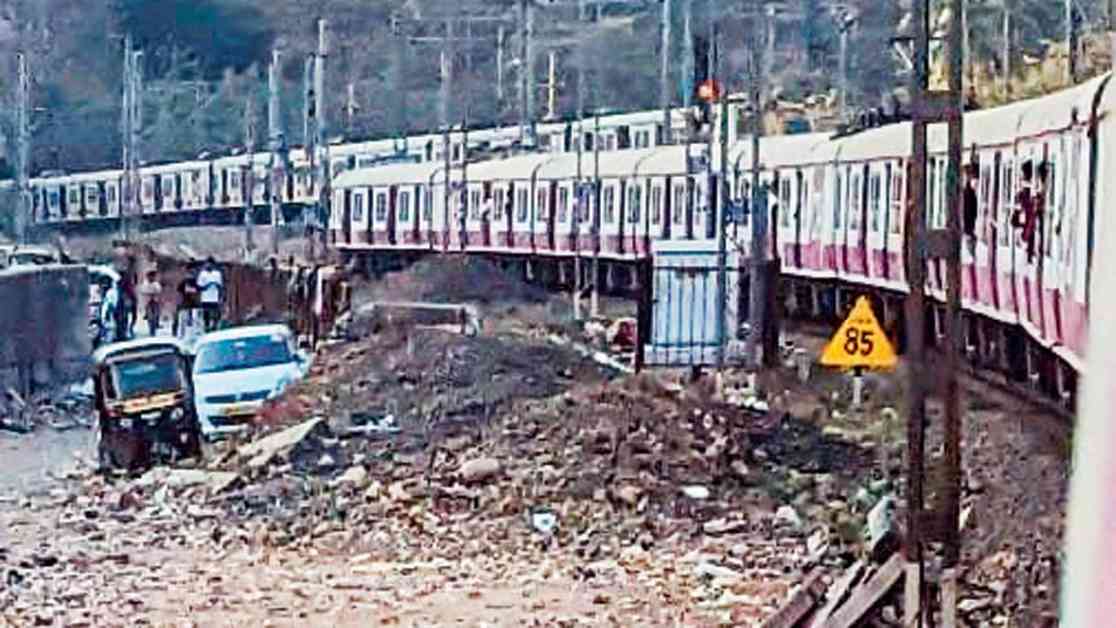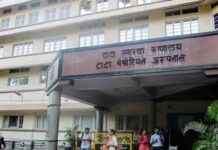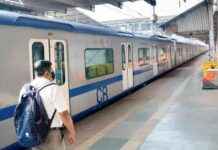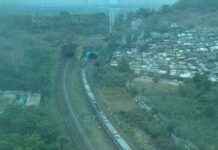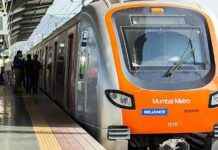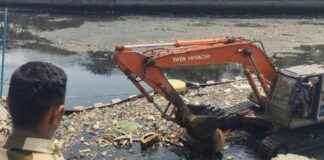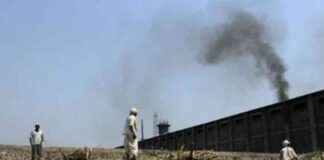Kalwa-Mumbra Stretch Poses Perilous Challenges for Commuters: A Tale of Sharp Curves
Commuters navigating the Kalwa-Mumbra stretch between Central Railway’s Kalwa and Mumbra stations face a daunting challenge as sharp curves along the route pose a significant risk to passenger safety. Anand Maruti Patil, a Diva-based commuter, recently lodged a formal complaint with the railway ministry and Central Railway (CR), highlighting the dangers posed by the steep curves that result in sudden jerks and passengers falling from suburban trains.
In his complaint, Patil expressed concern over the tilting of coaches when trains traverse the up and down curves near Kalwa, Mumbra, and Diva stations. The influx of extra passengers during rush hours leads to overcrowding in coaches, culminating in significant congestion. Tragically, passengers standing near the doors are often ejected due to the tilting of the trains, resulting in serious injuries and, in some cases, fatalities. This alarming trend has become a frequent occurrence, putting the lives of countless commuters at risk.
The tracks between Kalwa and Mumbra have undergone diversions and upgrades as part of the construction of the fifth and sixth lines, intensifying the challenges faced by passengers. Complaints have surged following these changes, with a staggering 68 fatalities reported last year due to individuals falling from overcrowded trains in the Thane railway police jurisdiction. This jurisdiction encompasses stations in Thane, Kalwa, Mumbra, Diva, and Airoli, representing one of CR’s busiest sections.
The situation is exacerbated by the lack of available space at stations beyond Thane, making it nearly impossible for commuters to secure a spot on the platform, let alone board the overcrowded trains. While most stations offer slow and fast halts along with multiple boarding options, Kalwa station remains congested due to its proximity to Thane station, resulting in packed trains arriving from both directions.
CR officials acknowledge the severity of the issue, attributing the sharp curves to land availability constraints that prevent straightening the alignment. Despite the challenges posed by these structural limitations, efforts are being made to address the safety concerns and mitigate the risks faced by passengers.
Deepak Dubey, an advocate and commuter from Dombivli who tragically lost his brother in a train accident, emphasized the urgent need for improved safety measures along the Diva-Mumbra-Kalwa route. He highlighted the engineering flaws that contribute to the high number of fatalities, underscoring the critical need for emergency medical facilities at stations to expedite response times and prevent loss of life.
Siddhesh Desai, a commuter activist, shed light on the overcrowding issues at Kalwa and Mumbra, advocating for the completion of the Kalwa-Airoli rail link and the construction of a new Parsik station to alleviate the strain on Thane station. By expanding infrastructure and enhancing connectivity, authorities can enhance passenger safety and streamline the commuting experience for thousands of individuals who rely on these critical rail links.
Subhash Gupta, a member of a passenger association, called for a thorough investigation by the Railway Accident Monitoring Committee to address the safety concerns arising from the track upgrades and deviations that have led to sharp curves. By reassessing the alignment and implementing appropriate safety measures, railways can safeguard the well-being of passengers and prevent tragic accidents along the Kalwa-Mumbra stretch.
As commuters continue to navigate the treacherous curves between Kalwa and Mumbra, it is imperative for authorities to prioritize passenger safety and implement strategic interventions to mitigate risks and enhance the overall commuting experience for all individuals who rely on this vital rail corridor. The journey towards a safer and more efficient transportation network begins with proactive measures that address the challenges faced by commuters on a daily basis.
